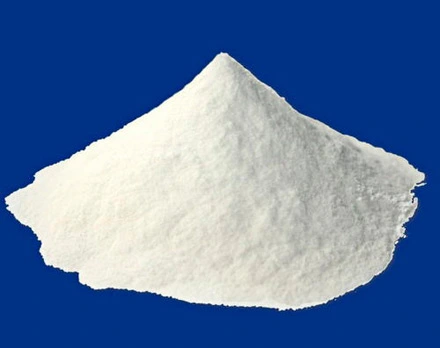Resistant Maltodextrin Powder (Tapioca Type) 90%
Resistant maltodextrin powder (tapioca) is an extremely soluble dietary fiber. The process is roughly to first decompose starch into dextrin, and then polymerize it. During the re-polymerization process, some digestion-resistant glycosidic bonds are formed, thereby producing resistant dextrin, and then separated, purified, and refined to obtain a high-purity resistant dextrin product. The World Health Organization and the nutritional community of various countries have given unified recommendations on dietary fiber intake, that is, the daily intake per person is between 25g and 35g.
Features of Resistant Maltodextrin Powder (Tapioca Type) 90%
Resistant maltodextrin powder (tapioca) can increase satiety and reduce energy intake, which can help with weight loss.
Promote defecation, relieve constipation, and promote intestinal flora balance.
Resistant maltodextrin powder (tapioca) can inhibit cholesterol absorption and bile acid reabsorption in the small intestine, help reduce blood cholesterol, interfere with glucose absorption, and help achieve lower postprandial blood sugar, etc.
Resistant maltodextrin powder (tapioca) is added to pastries to keep the product soft and moist, increase the shelf life, and extend shelf storage time.
Specification of Resistant Maltodextrin Powder (Tapioca Type) 90%
Product name | Resistant maltodextrin powder (Tapioca) |
Appearance | White or light yellow fine powder |
Odor | Odorless |
Total fiber content (on dry basis), % | ≥90.0 |
pH | 4.0-6.0 |
Water, % | ≤6.0 |
Total Plate Count, CFU/g | ≤1000 |
Total Coliform, CFU/g | ≤10 |
Mold, CFU/g | ≤25 |
Yeast, CFU/g | ≤25 |
Lead(Pb), mg/kg | ≤0.5 |
Arsenic(As), mg/kg | ≤0.5 |
Application of Resistant Maltodextrin Powder (Tapioca Type) 90%
As a low-calorie soluble food raw material, Resistant maltodextrin powder (tapioca) has broad development prospects in the food industry and is widely used in beverages, dairy products, health products, alcohol, baking, and condiments.
+86-531-69959201
sales@saigaonutri.com
No 12111,Jingshi Road, Lixia District, Jinan City, Shandong Province. P.R. China






